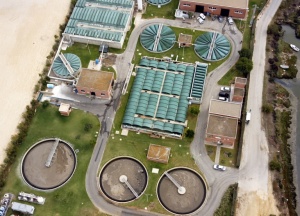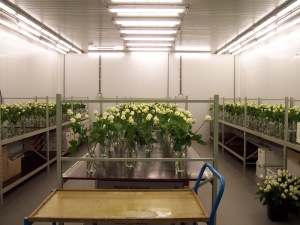 Yes, one year ago I published, a little indecisive I admit, my first post. Passionate about science, biotechnology and addicted to nature and driven by the desire to share, I dared to say “why could not I?“. A year later, and thanks to you, my doubts became purpose and resolution, and yes, it has been a year of blog of pure happiness!
Yes, one year ago I published, a little indecisive I admit, my first post. Passionate about science, biotechnology and addicted to nature and driven by the desire to share, I dared to say “why could not I?“. A year later, and thanks to you, my doubts became purpose and resolution, and yes, it has been a year of blog of pure happiness!
It was not always easy to write new posts, some cost me more lot of work, several times I wanted to re-write some, others never came to be published … It was not always easy to find words to express feelings in a language that is not mine. But I’ve always enjoyed hearing and reading your comments. I loved it (and sometimos I was surprised too) to see until how much you like to share what I am writing, and I am proud to see that my little blog, among hundreds of others, gradually found its place … Thanks to him, I discovered a wonderful world full of science, humor and above all fantastic friends who supported me all the time to move forward with this project. It gives me immense pleasure to read or hear your comments, and it is an honor to know that you dedicate some of your time to read me.
With this first anniversary I have the opportunity to say thank you … Thank you for being there, from so many different countries, for following me, for supporting me … Thank you for your enthusiasm, thanks for all these exchanges, thanks for doing this live my blog. Thanks to you I discovered a true passion, thank you!
 A year of blog is 3.548 visits of 1813 people spread over 43 countries. Each month you are more Readers, most of you are from Spain, Mexico, Colombia, Argentina, Chile, the U.S. and France of course where many friends and family follow me too.
A year of blog is 3.548 visits of 1813 people spread over 43 countries. Each month you are more Readers, most of you are from Spain, Mexico, Colombia, Argentina, Chile, the U.S. and France of course where many friends and family follow me too.
The record in one day is assigned to the post “TEDxElche: Sharing ideas that deserve to be disseminated“, which pleases me particularly because TEDxElche was a very important project for me, and I am especially glad that you also have noticed so.
And part of this post, you also liked:
Biofuels from microalgae (II)
Will we solve hunger in 2050?
How long does a rose last?
Living with Down Syndrome
Plant extracts with therapeutic activity
A Monday of glory for bees
So I invite you to read those posts if you do not already know them!
For next year, I hope of course to increase the frequency of publication of the posts. In the shorter term, I will start a series of collaborations with various friends blogs, I hope you will like it and as always I hope looking forward to your comments and suggestions.
Again, thank you for contributing that this blog has grown so much in so little time.
Thank you very much, really.
Elodie Brans.
 Are you one of those who get up each morning with enthusiasm to go to work or are you a worker dedicated to take his work´s place during the whole 8 hours, without even leaving your chair and blinking in time with the tik tak of your computer´s keys as a zombie?
Are you one of those who get up each morning with enthusiasm to go to work or are you a worker dedicated to take his work´s place during the whole 8 hours, without even leaving your chair and blinking in time with the tik tak of your computer´s keys as a zombie?













